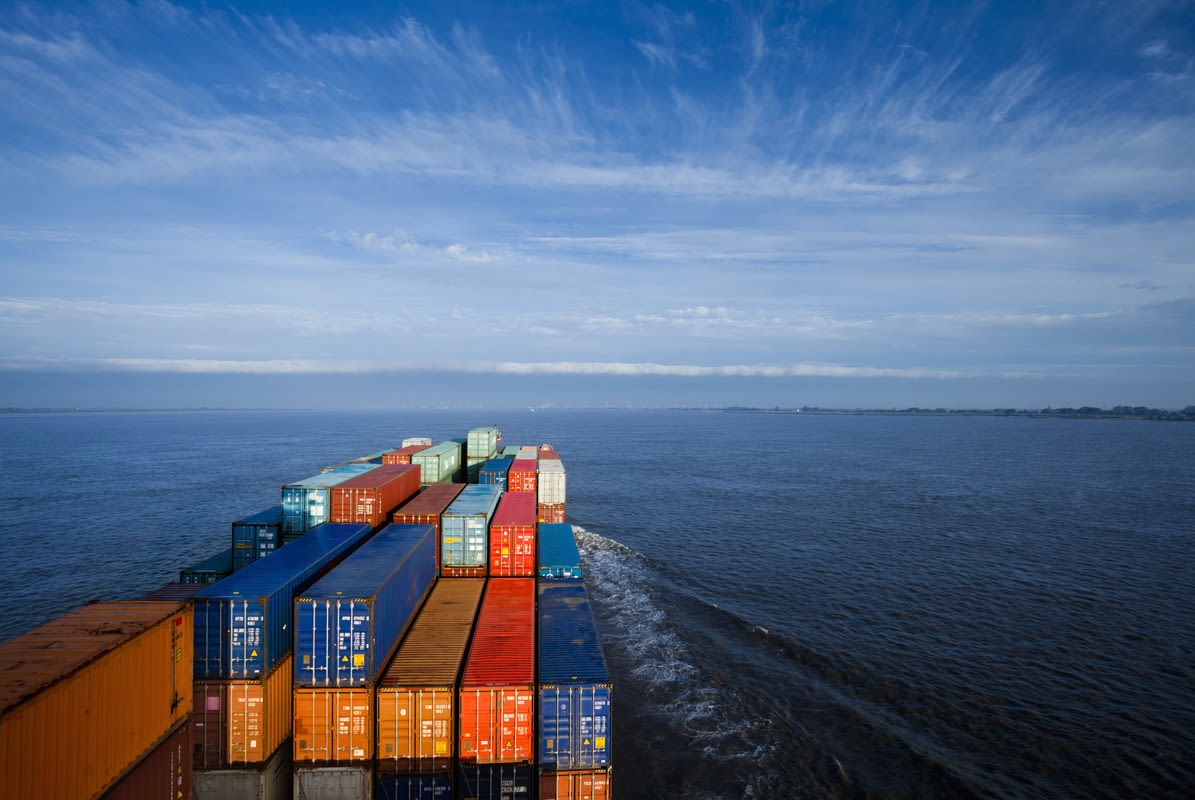
February 19, 2025
2025 and 2026 Regulatory Changes for Lithium-Ion and Sodium-Ion Batteries: Navigating Dangerous Goods Updates
Tags:

February 19, 2025
Powering the Future—Safely
Lithium-ion batteries fuel everything from smartphones to electric vehicles, powering our increasingly connected and environmentally conscious world. However, with great power comes great responsibility. The rapid growth of the global lithium-ion battery market—expected to exceed $446.85 billion by 2032—has brought unprecedented challenges when it comes to safety, transportation, and environmental impact.
2025 marks a pivotal moment in battery regulation, with global authorities introducing the most comprehensive updates in a decade. These changes not only redefine how lithium-ion and emerging sodium-ion batteries are classified and transported, but also set the stage for safer, more sustainable energy storage solutions. Whether you’re a manufacturer, shipper, or end user, understanding these new rules is critical to staying competitive and compliant in a global market.
A New Player in the Battery Game: Sodium-Ion Batteries
Demand for energy storage solutions has grown, especially in the context of renewable energy. Increasingly, the focus has shifted toward sodium-ion batteries and other alternative battery technologies. Sodium-ion batteries are a promising alternative to lithium-ion batteries, as both types of batteries are rechargeable and can be applied to everyday technologies.
Let’s compare the two to see how this emerging technology stacks up against the incumbent.
Energy Density and Performance
| Lithium-Ion | Sodium-Ion |
|---|---|
| Lithium-ion batteries generally offer higher energy densities, which typically range from 150 to 250 Wh/kg. This makes them suitable for applications like electric vehicles and portable electronics, and allows for longer usage times and reduced weight. | Sodium-ion batteries have lower energy densities—usually between 100 to 150 Wh/kg. This makes them less ideal for compact applications, but advancements in materials science are gradually improving their performance. |
Cost and Resource Availability
| Lithium-Ion | Sodium-Ion |
|---|---|
| Lithium extraction can be expensive and environmentally challenging, contributing to higher costs for lithium-ion batteries. As demand increases, concerns about lithium supply and sustainability continue to grow. | One major advantage of sodium-ion batteries is the abundance and low cost of sodium compared to lithium. Sodium is widely available in seawater and various mineral sources, rendering it less susceptible to market fluctuations. |
Manufacturing Costs: Manufacturing processes for sodium-ion batteries are similar to those of lithium-ion batteries, but the lower material costs associated with sodium could lead to overall cost reductions in the future. This could make sodium-ion a more economically viable option, especially for large-scale applications.
Lack of Diversification: China controls the global lithium-ion battery supply chain (79% of all lithium-ion batteries). China also controls about 60% of global lithium refining capacity used for battery storage and electric cars.
Environmental Impact
| Lithium-Ion | Sodium-Ion |
|---|---|
| Lithium-ion batteries have raised environmental concerns due to mining practices, pollution, and recycling challenges. The production and disposal of lithium batteries can have significant ecological impacts. Most recently, lithium-ion batteries—which can catch on fire or explode when faced with excessive heat—have complicated cleanup efforts in areas of Los Angeles impacted by last month’s wildfires. | Sodium-ion batteries benefit from more abundant materials and potentially pose fewer environmental risks. Their development could lead to a more sustainable energy storage solution, particularly if recycling technologies are effectively implemented. |
Key Changes to UN Classifications
While still in development, sodium-ion batteries have caught the attention of dangerous goods regulators, who have responded with brand new UN numbers and shipping requirements for 2025. The following battery UN entries have been added:
- UN 3551 - Sodium-ion batteries
- UN 3552 - Sodium-ion batteries packed with/contained in equipment
- UN 3556 - Vehicle, lithium-ion-battery-powered
- UN 3557 - Vehicle, lithium-metal-battery-powered
- UN 3558 - Vehicle, sodium-ion-battery-powered
Note that lithium-battery-powered vehicles, such as e-bikes, e-scooters, and any other lithium-battery-powered contraption that can transport people or cargo, will no longer be classified under UN 3171 Battery-Powered Vehicles and must instead be classified under UN 3556, UN3557, or UN 3558, depending on the battery chemistry.
Given that this change will make a major impact on supply chains for lithium-battery-powered vehicles, regulators provided businesses a three-month transition period that began January 1, 2025. Effective March 31, 2025, UN 3171 will only be applicable to battery-powered vehicles that are powered by battery chemistries other than lithium, such as a traditional lead-acid battery.
Updated State of Charge (SoC) Requirements
Previously, only loose lithium-ion batteries were subject to a SoC restriction of no more than 30% of their rated capacity when transported on airplanes. That’s all about to change: starting January 1, 2026, the following SoC requirements will apply to many more lithium-ion battery products. According to packing instructions 952, 966, and 967 of the International Air Transport Association Dangerous Goods Regulations (IATA DGR), shippers will have to ensure their lithium battery products conform to the following restrictions:
From January 1, 2026 (UN 3556, UN 3557, UN 3558, UN3481)
| Battery Type | SoC Restriction | Approval Requirements |
|---|---|---|
| Vehicles with batteries >100 Wh | No more than 30% of rated capacity (mandatory) | Approval needed for higher SoC |
| Vehicles with batteries ≤100 Wh | No more than 30% of rated capacity (recommended) | N/A |
| Lithium-ion batteries packed with equipment > 2.7Wh (UN 3481 PI 966) | No more than 30% of rated capacity (mandatory) | Approval needed for higher SoC |
| Lithium-ion batteries contained in equipment (UN 3481 PI 967) | No more than 30% of rated capacity (recommended) | N/A |
The upcoming 30% charge restriction is a major regulatory update for businesses handling lithium-battery-powered vehicles, as well as those that move lithium-ion batteries packed with equipment, such as charging cases for bluetooth earbuds.
Looking Ahead
The 2025 and 2026 lithium-ion battery regulation changes represent a significant turning point for the transportation and storage of batteries, ensuring greater safety and sustainability as global reliance on energy storage continues to grow. Between the inclusion of sodium-ion batteries in UN classifications and the updated SoC restrictions on various lithium battery products, these changes will require businesses across industries to adapt quickly and strategically. Understanding and complying with these new regulations isn’t just about meeting legal requirements—it’s about staying ahead in a rapidly evolving market.
By staying informed and proactive, companies can turn these changes into opportunities for growth and innovation. Whether you’re manufacturing, shipping, or using battery-powered products, now is the time to prepare for these upcoming changes. Partnering with industry experts like Flexport can help you meet the ever-evolving demands of tomorrow’s battery market—and maintain safety, sustainability, and profitability along the way.
About the Author

February 19, 2025





